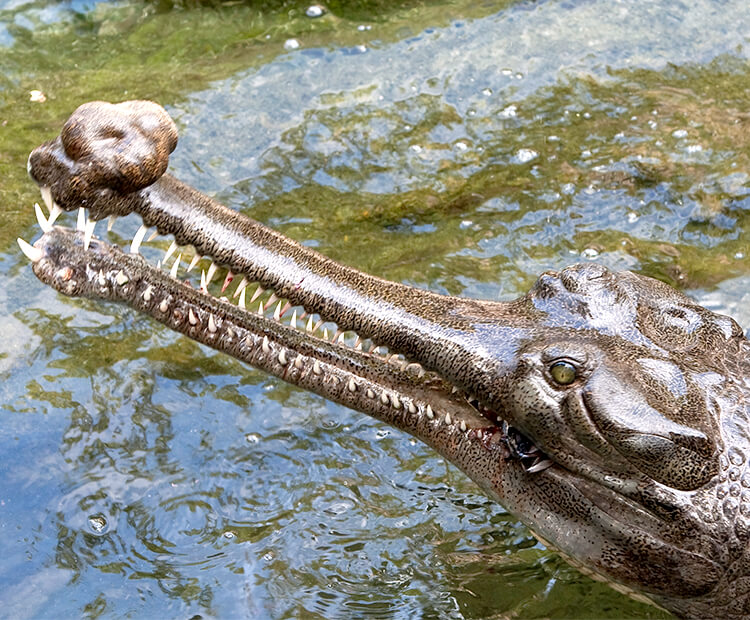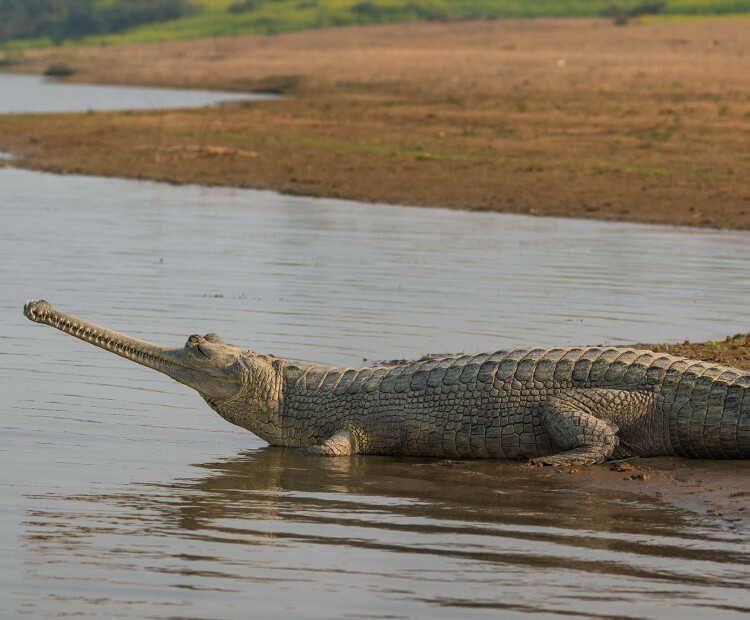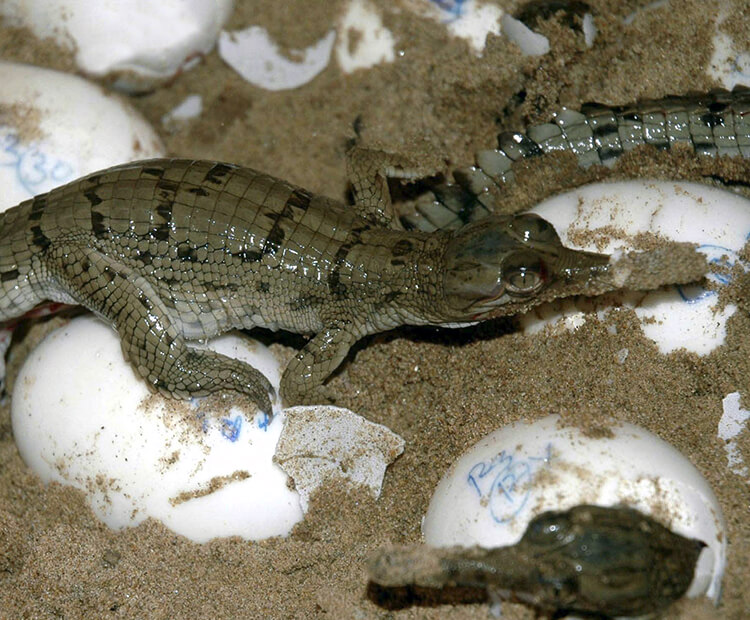STATUS
Critically Endangered

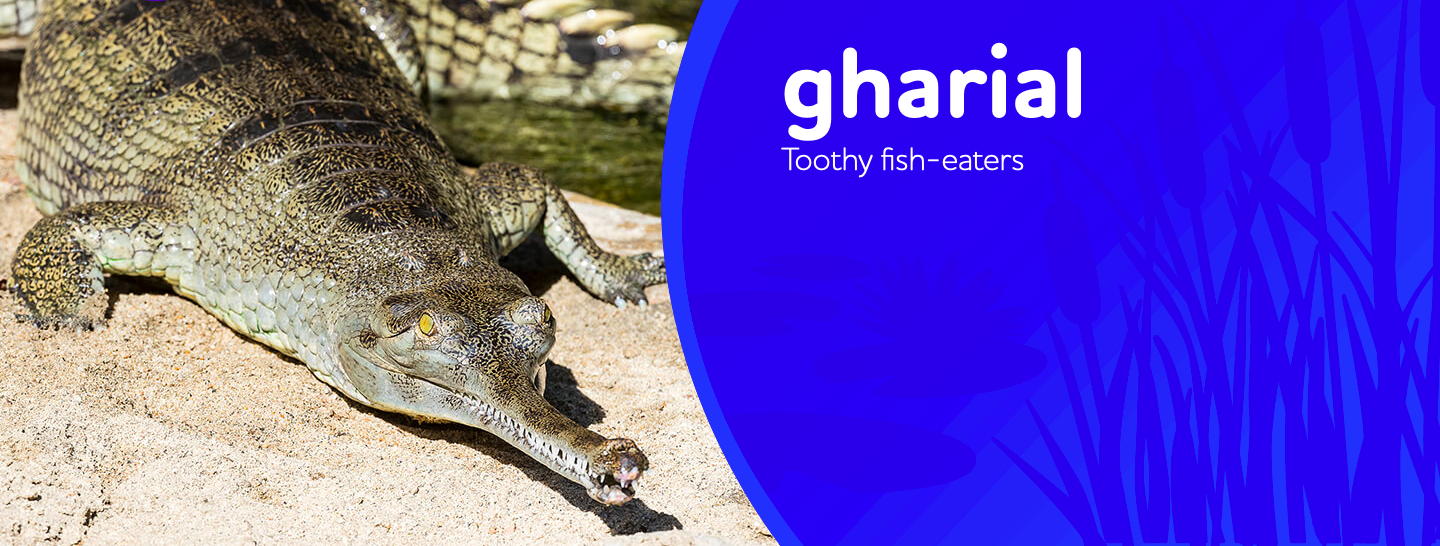
Gharials are one of the most critically threatened crocodilians. Their primary threats include habitat loss due to human encroachment, unsustainable fishing practices and hunting. The species came alarmingly close to extinction in the 1970s.
As human populations have expanded, damming and diversion of river for development and irrigation has drastically altered the gharial's habitat. Drought and fragmentation are especially detrimental to the species, because it cannot travel great distances across land to relocate. Unsustainable fishing practices within the gharial's shrinking river habitats causes a reduction in their food sources and increases human-wildlife conflict.
Gharial eggs are also collected for medicinal purposes, and males are hunted for their ghara, which is believed to have aphrodisiac properties. The government of India granted full protection to the species in the 1970s, in the hope of reducing poaching losses.
Conservation groups also began breeding and reintroduction programs in India and Nepal. Despite these efforts, the gharial population declined by 58 percent between 1997 and 2006. As a result, the primary conservation focus has shifted to the preservation of habitat and education of local people..

STATUS
Critically Endangered

SCIENTIFIC NAME
Gavialis gangeticus

POPULATION
Fewer Than 182 Left In The Wild

LENGTH
3.6m - 6.5m (11.8ft - 21ft)

WEIGHT
150kg - 250kg (330.7lbs - 551lbs)

HABITAT
Swarmps
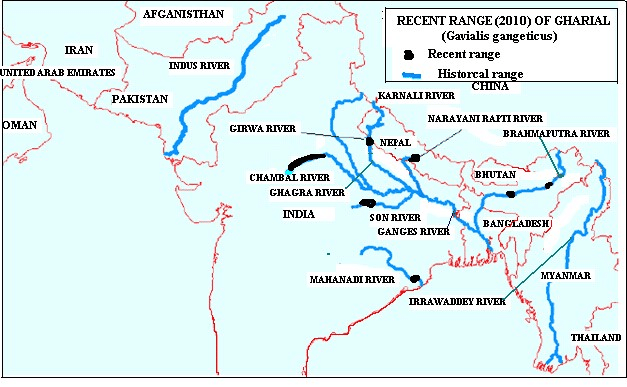
Hunting continues today but now the biggest threats to the gharial's survival is loss of habitat and pollution.
They have been excessively hunted for their skins and meat throughout their once wide range, and nests are often raided by people for their eggs. Gharials have also been hunted as their body parts are used in some traditional medicines.
The word gharial is derived from the word ghara, which means mud pot. It was misread by Europeans who changed the word to gavial. Thus, this species is known both as gavial and gharial.
The gharial is one of only two species in the Gavialidae family. It has a characteristic elongated, narrow snout, similar only to the tomistoma (previously called the false gharial). Many sharp, interlocking teeth line the gharial's elongated jaws.
Due to their large size and aquatic nature, adult gharials have no real natural predators within their environments. The smaller and more vulnerable juveniles though, are threatened by a number of animal species including birds of prey and large reptiles including snakes.


